- Difficulty level
- Advanced
- Time to Complete
- A week or more
- Used Material
- cotton fabric, Isacord 40 wt Embroidery thread, Mettler Metrosene thread, OESD bobbin thread, OESD Fusible Polymesh and Heavy Cut-Away Stabilizers, Organ TS80 embroidery needles, Schmetz Jeans 80 and Quilting 90 needles
- Techniques
- binding, embroidery, patchwork, quilt piecing, quilting, sewing, straight-line quilting
What you might also like
0 comments on “”
-
-
Hi Cathee,
thank you for your kind words 🙂
You are on the right track with using a quilt project to work with your embroidery machine.
Even though you work on a Mac computer, our BERNINA Embroidery software v8 (now 8.2) will work on your Mac through a Windows adapter like Bootcamp.
We have several resources for you to learn your v8 software.
1. an extensive series of videos on Youtube. The playlist can be found at:
https://www.youtube.com/playlist?list=PLfT1DJU1aEloiXEB1KEZPjh22yuJG0IYb2. We offer courses at the BERNINA Creative Center for our BERNINA Embroidery Software, as well as for DesignWorks software. If you are already receiving emails from BERNINA, make sure you subscribe to the Creative Center segment to receive listings of upcoming courses.
sylvain
-
Leave a Reply Cancel reply
You must be logged in to post a comment.




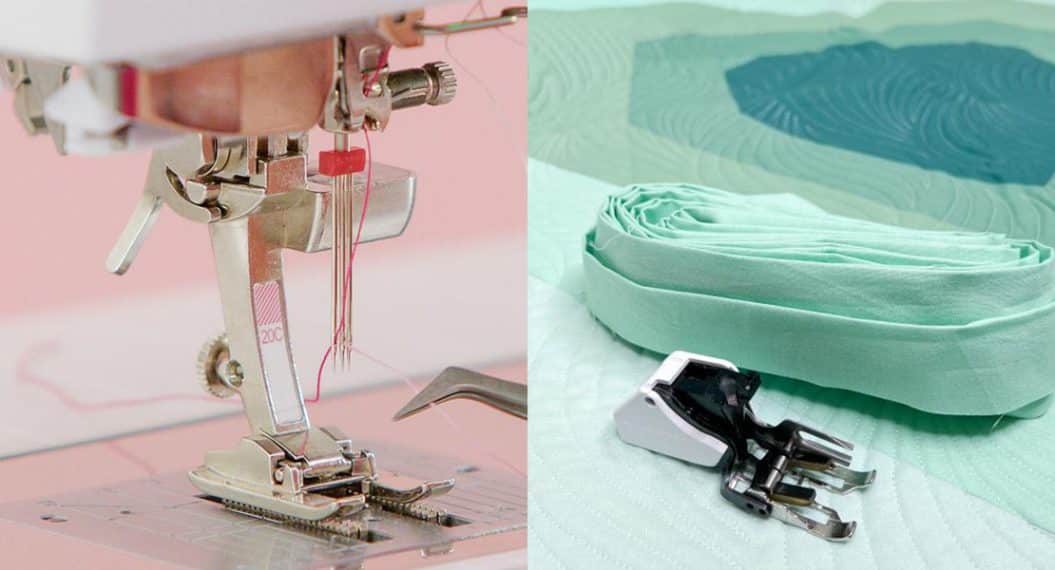
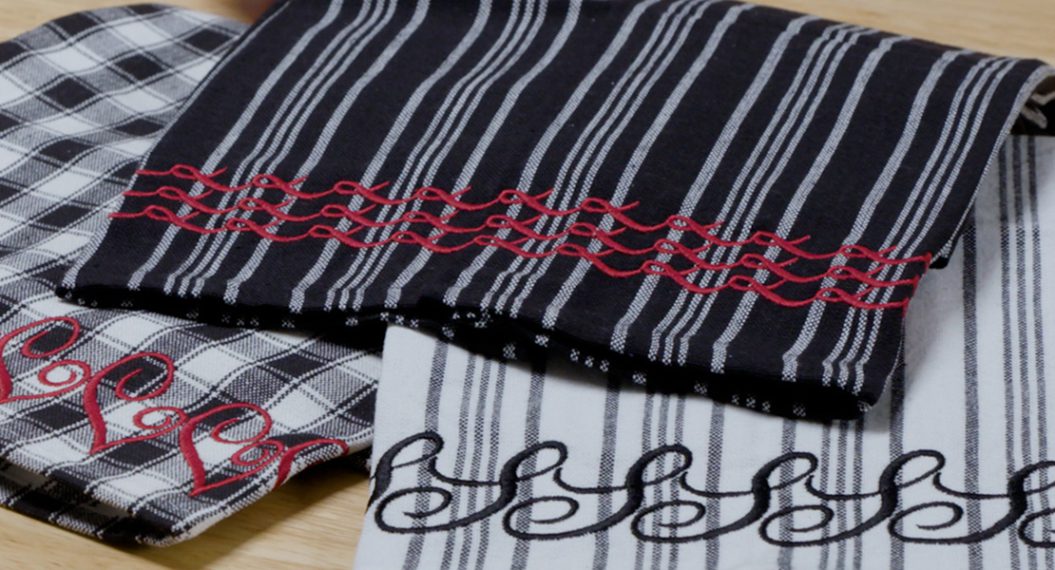
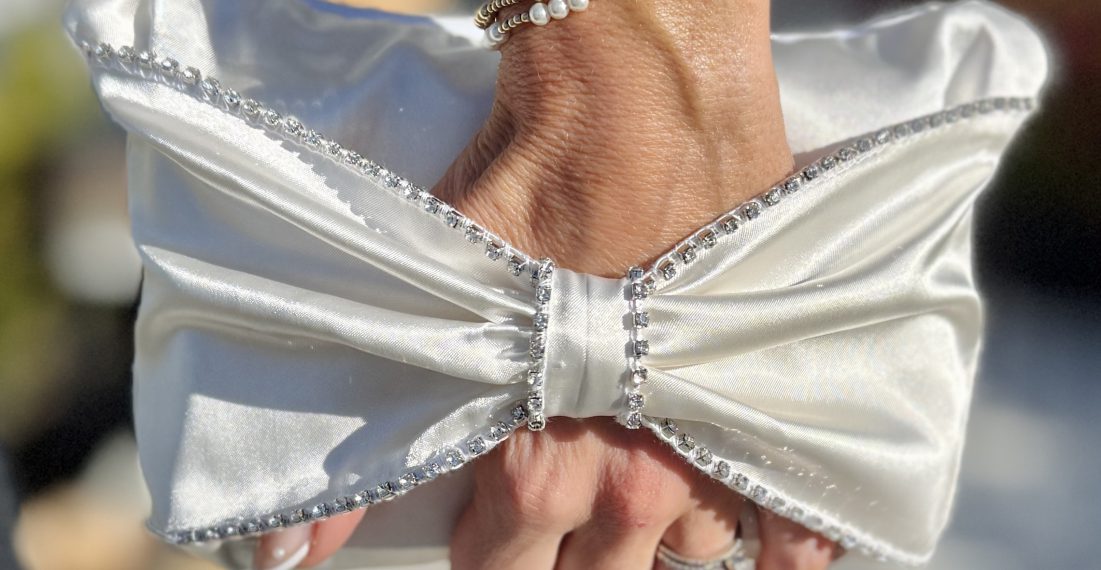
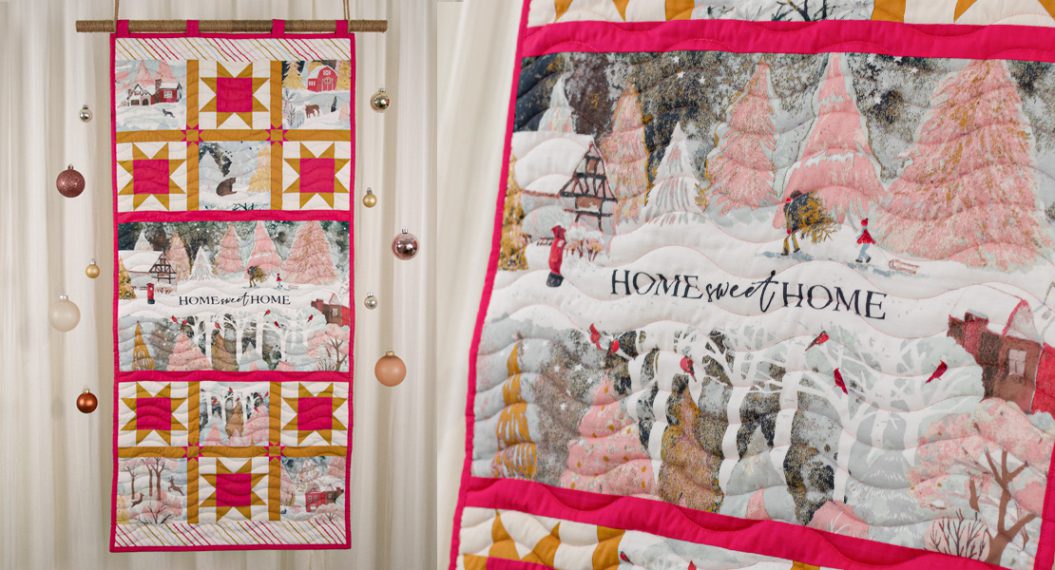
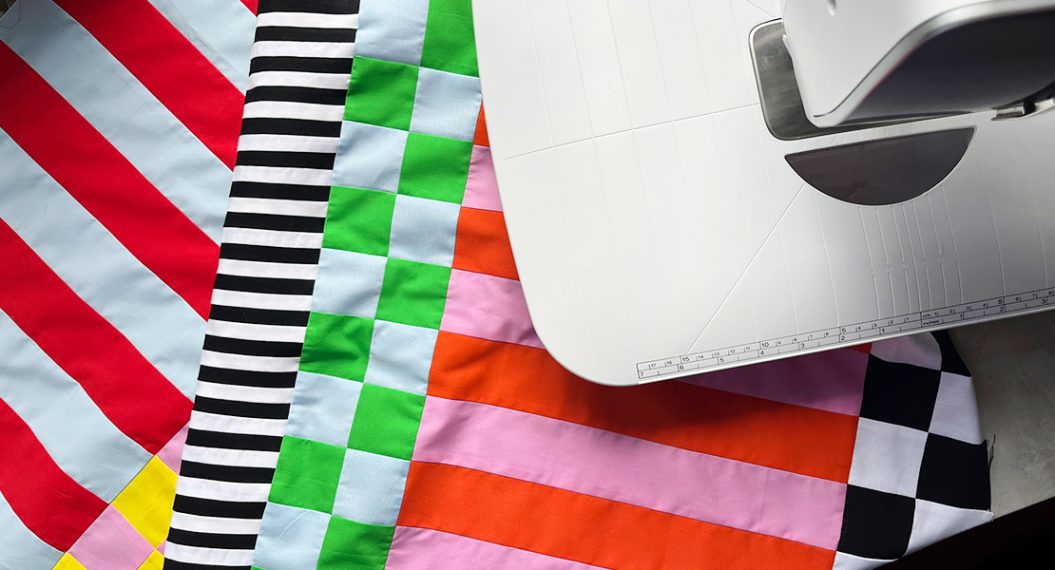
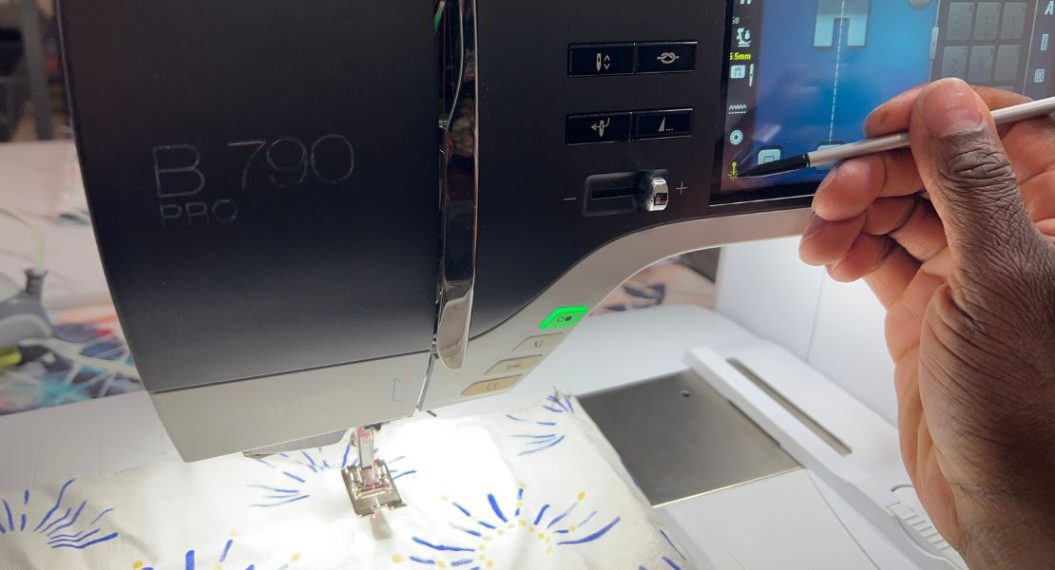
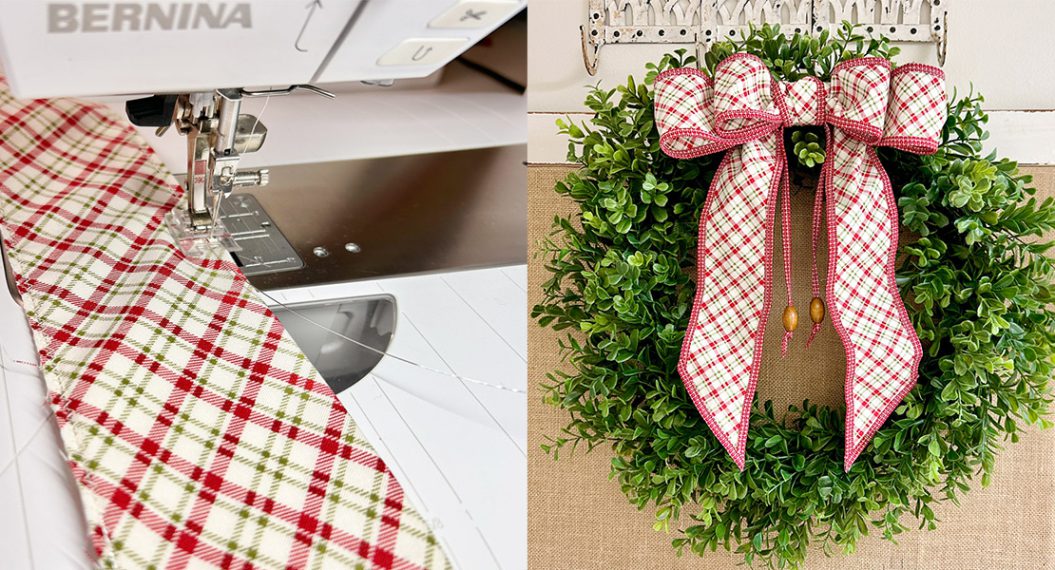
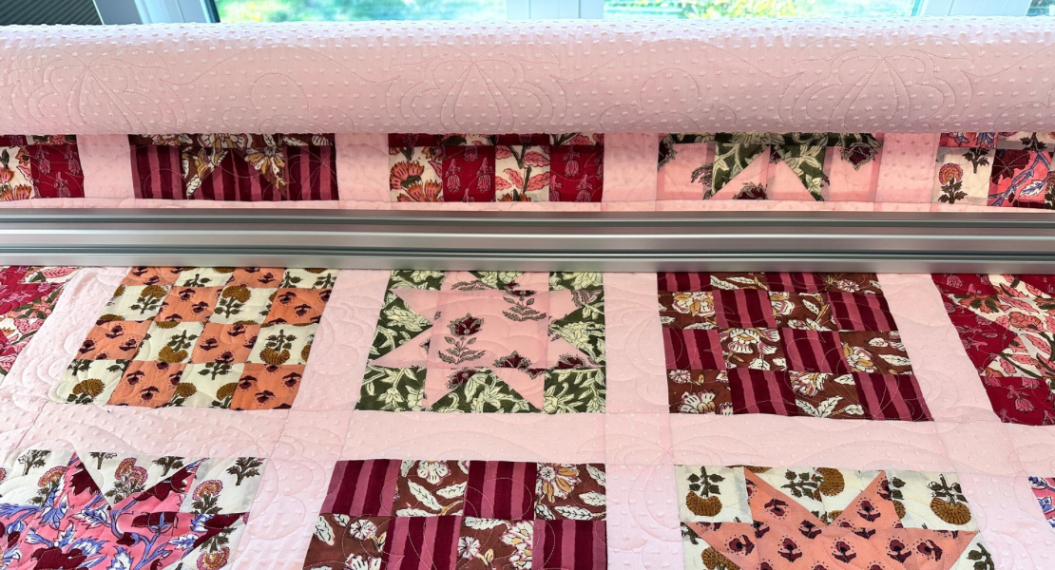
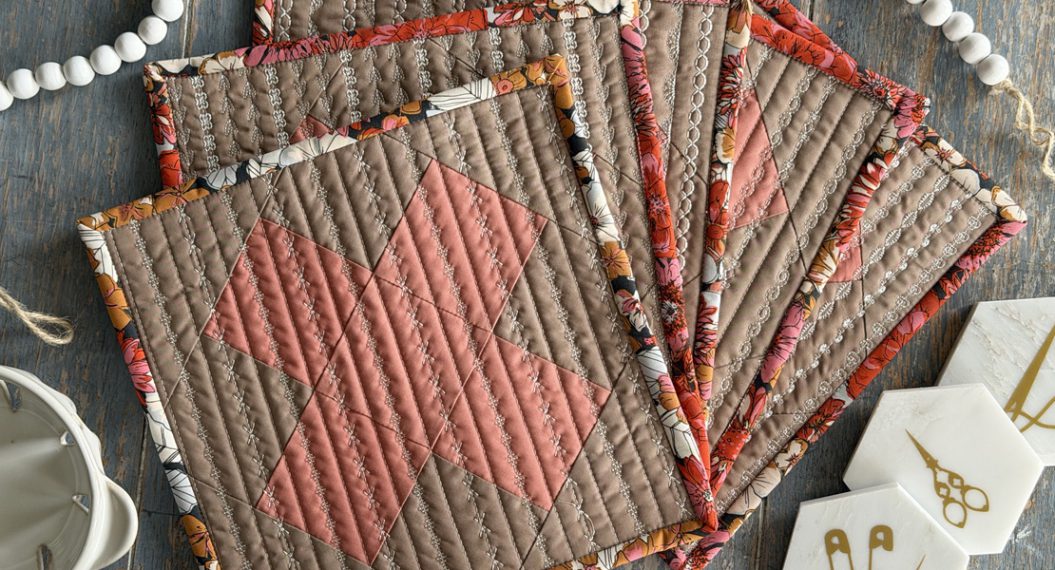
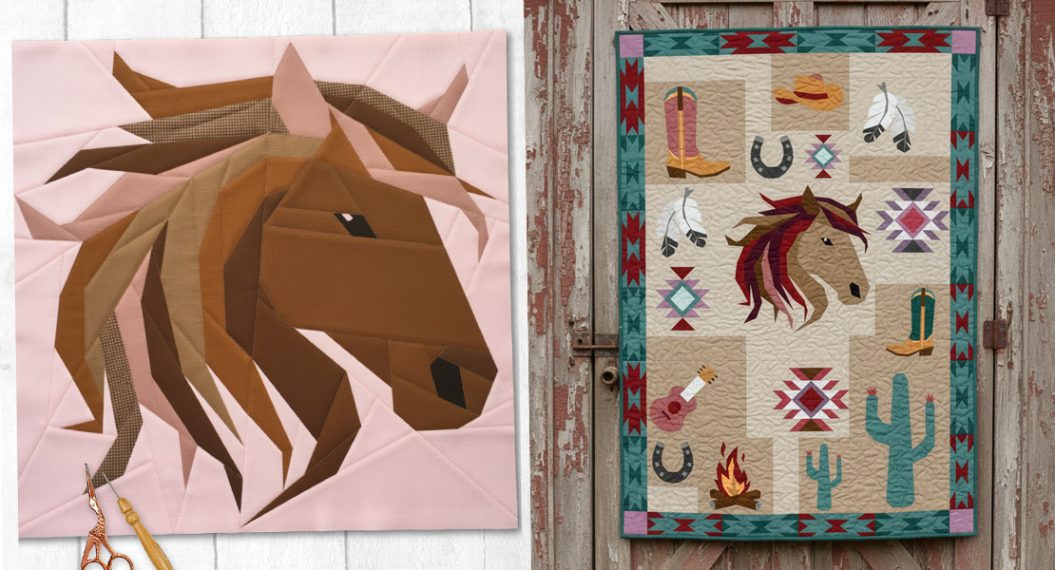
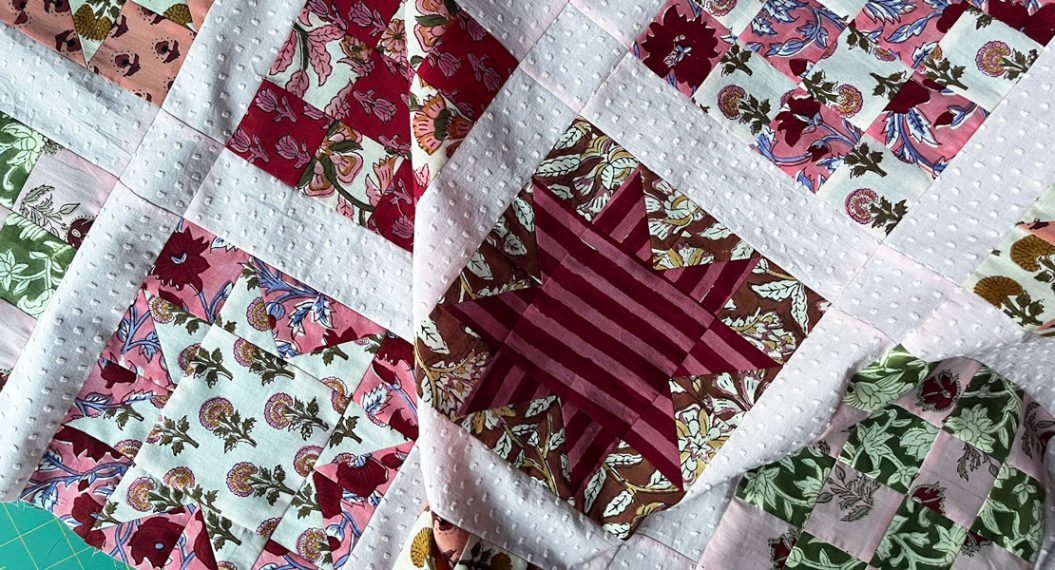
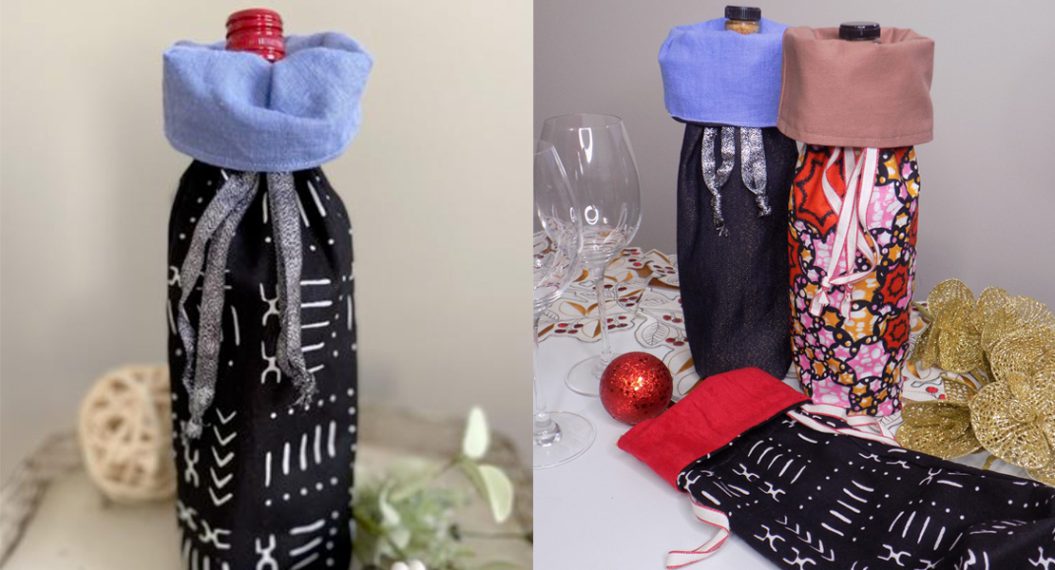
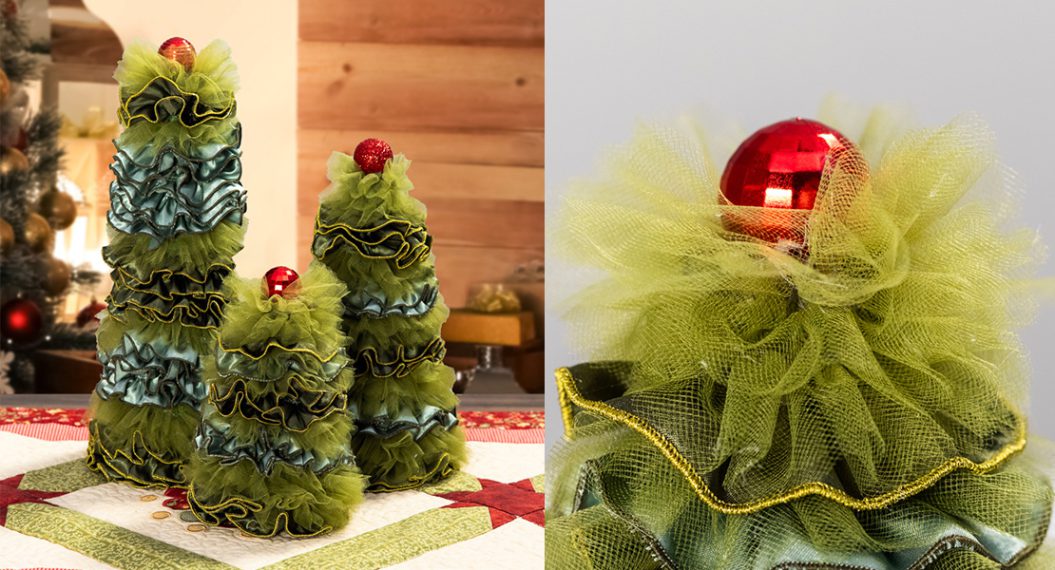
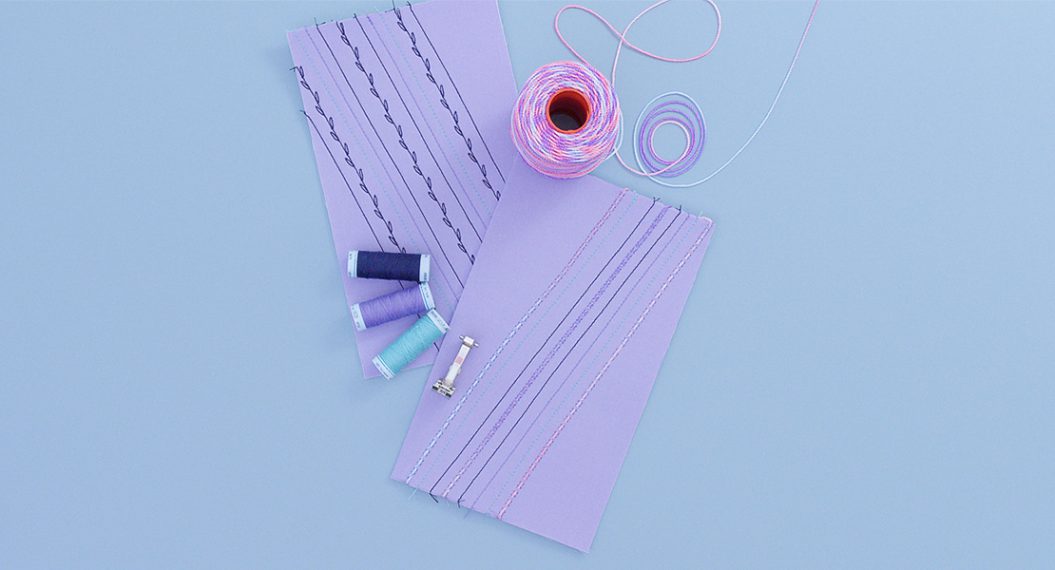
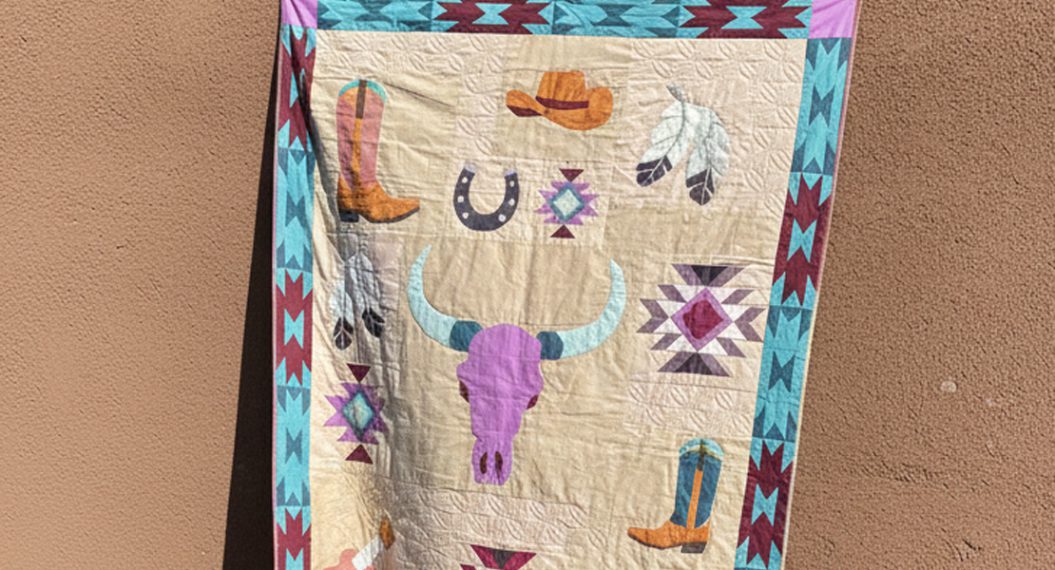
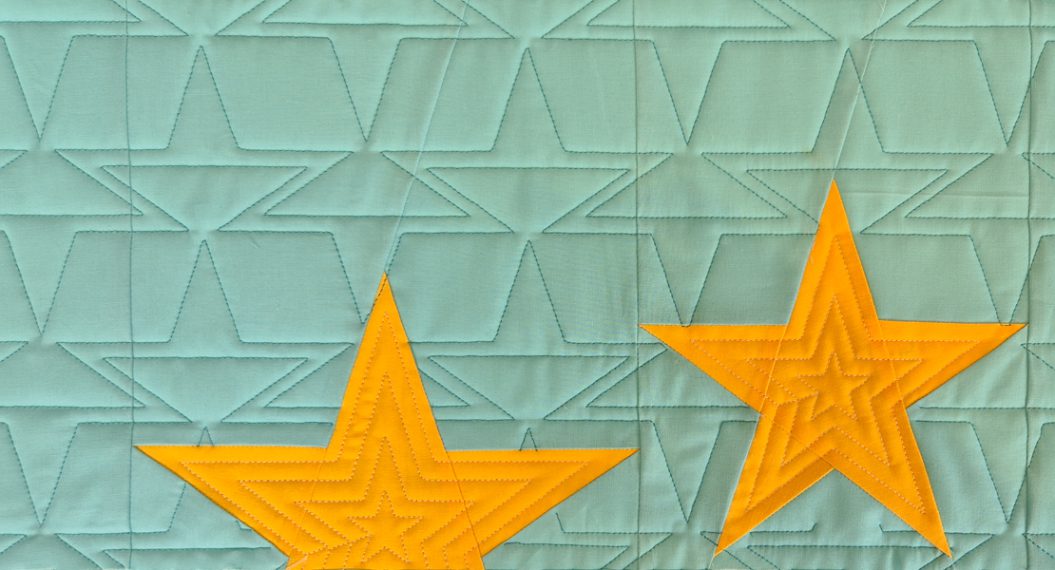
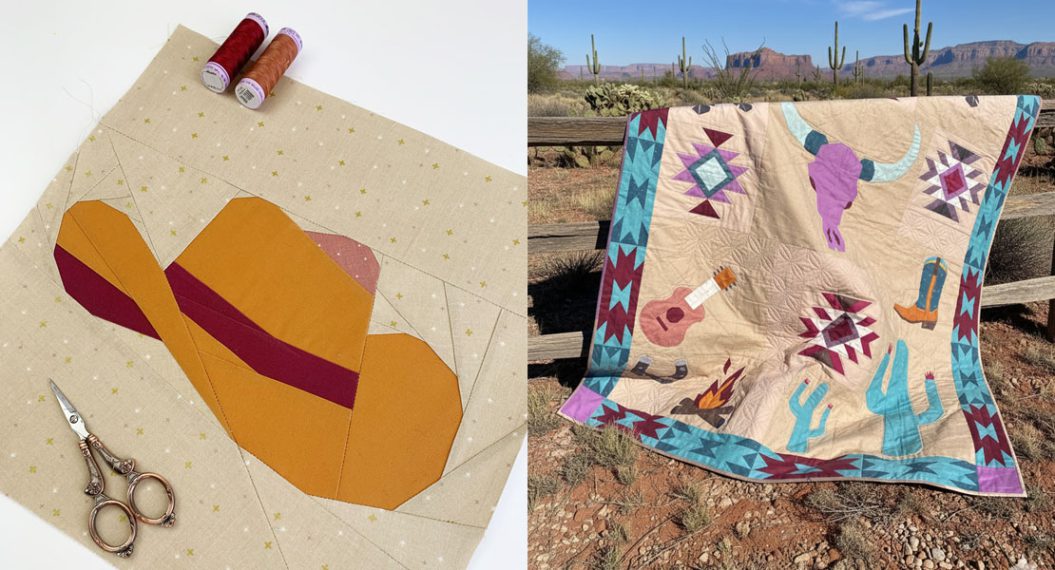
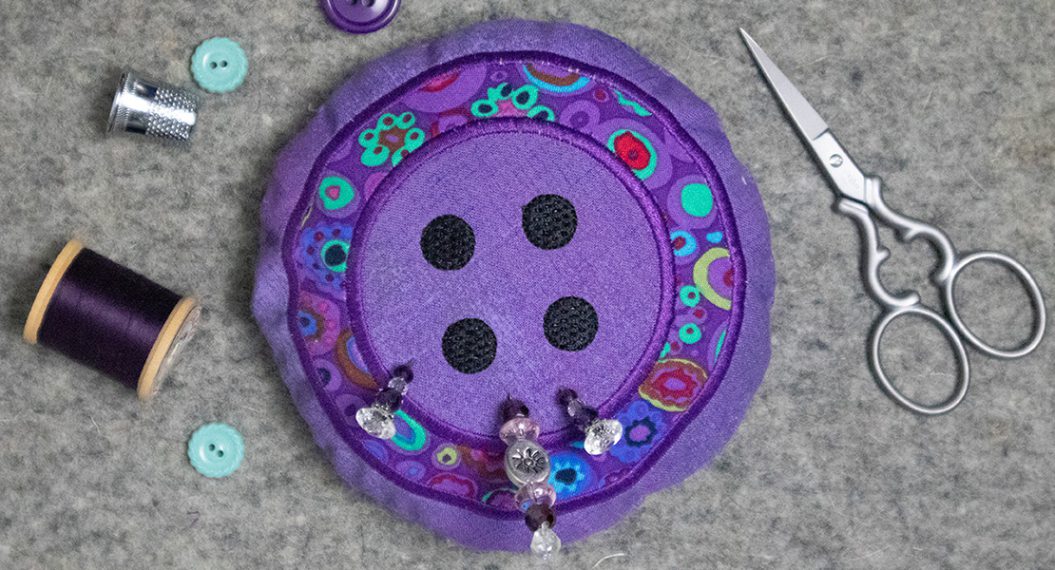
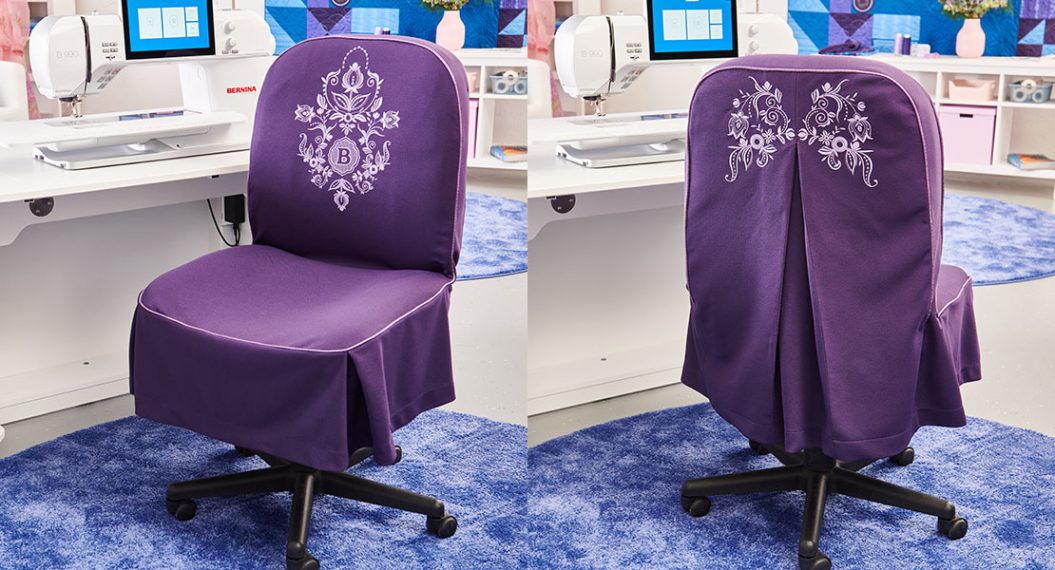
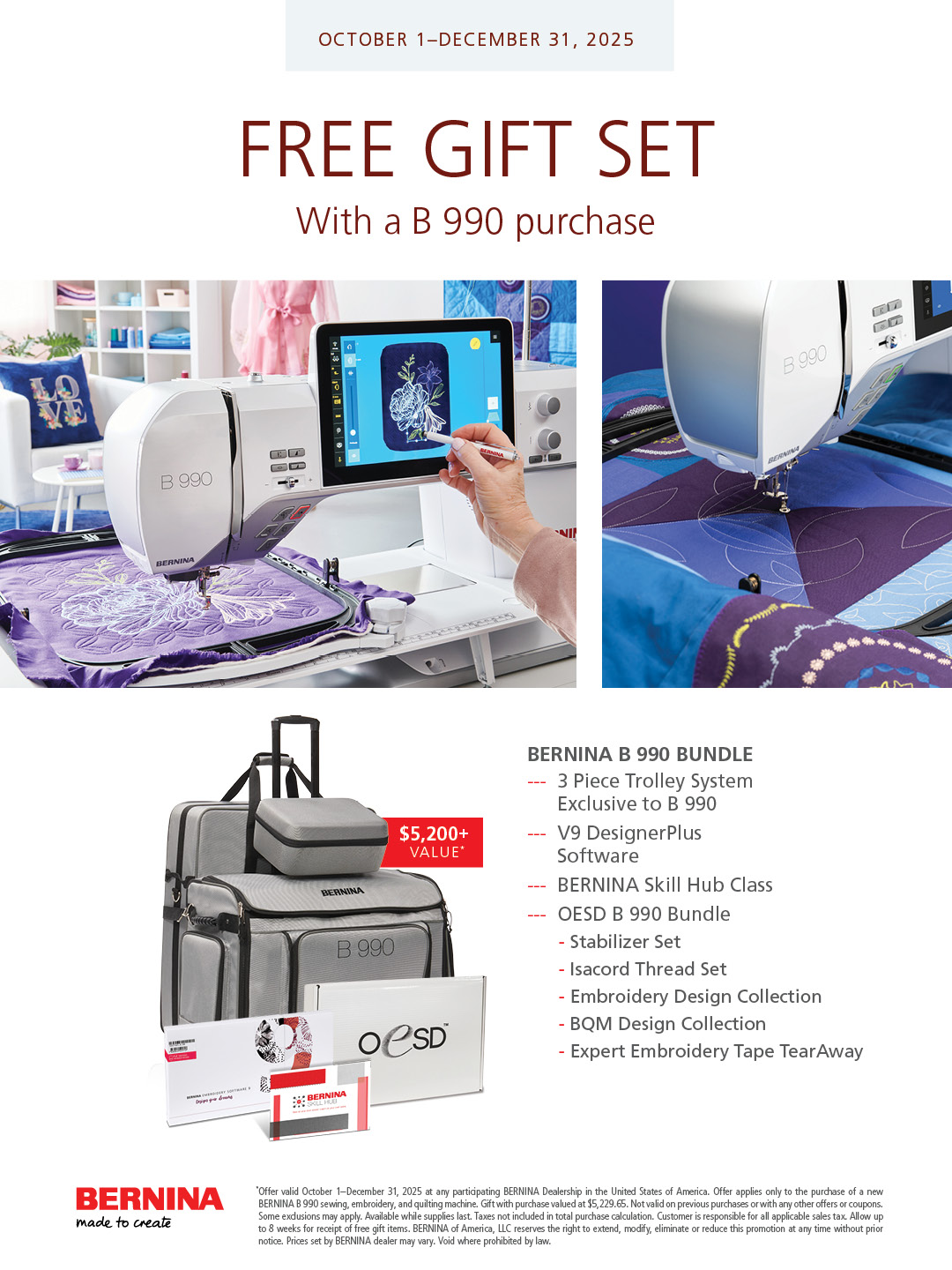
Thank you Sylvain for the beautiful story of your beloved friend. What an incredible healing tribute. How do I begin to learn the digitizing process of imaging for embroidery at this incredible level? I am recently the owner of a Bernina 790+. I want to be able to embroider garments and other fiber art such as quilts. I have been sewing at many levels for many years though not with continuity as life has had other ideas for me over the years. Now retired, I’m dedicating more consistent time to being a maker. Currently I’m making a Kimberbell quilt to run myself and my machine through some of it’s creative paces though I’d like to do more self created designing with the embroidery applications. I am a MAC user and know that also may be an impediment with the embroidery software/digitizing capabilities. I have attended two Bernina University programs but have yet to attend classes for the advanced embroidery software and these classes are pretty limited in my area. What other resources could you recommend in addition to dealer’s offered classes for self study and advancement?